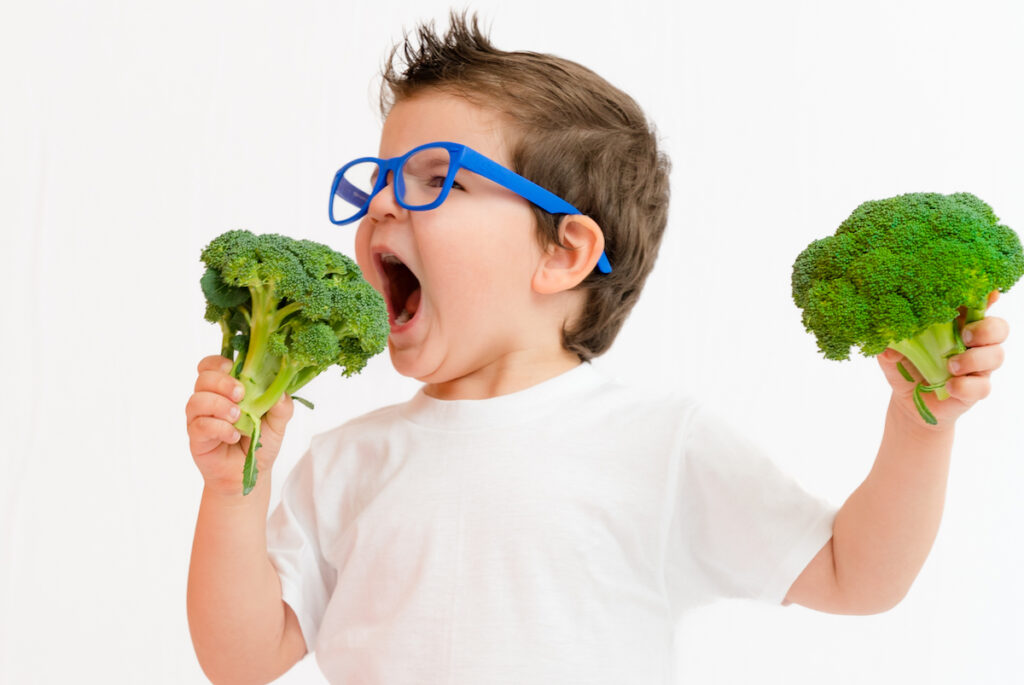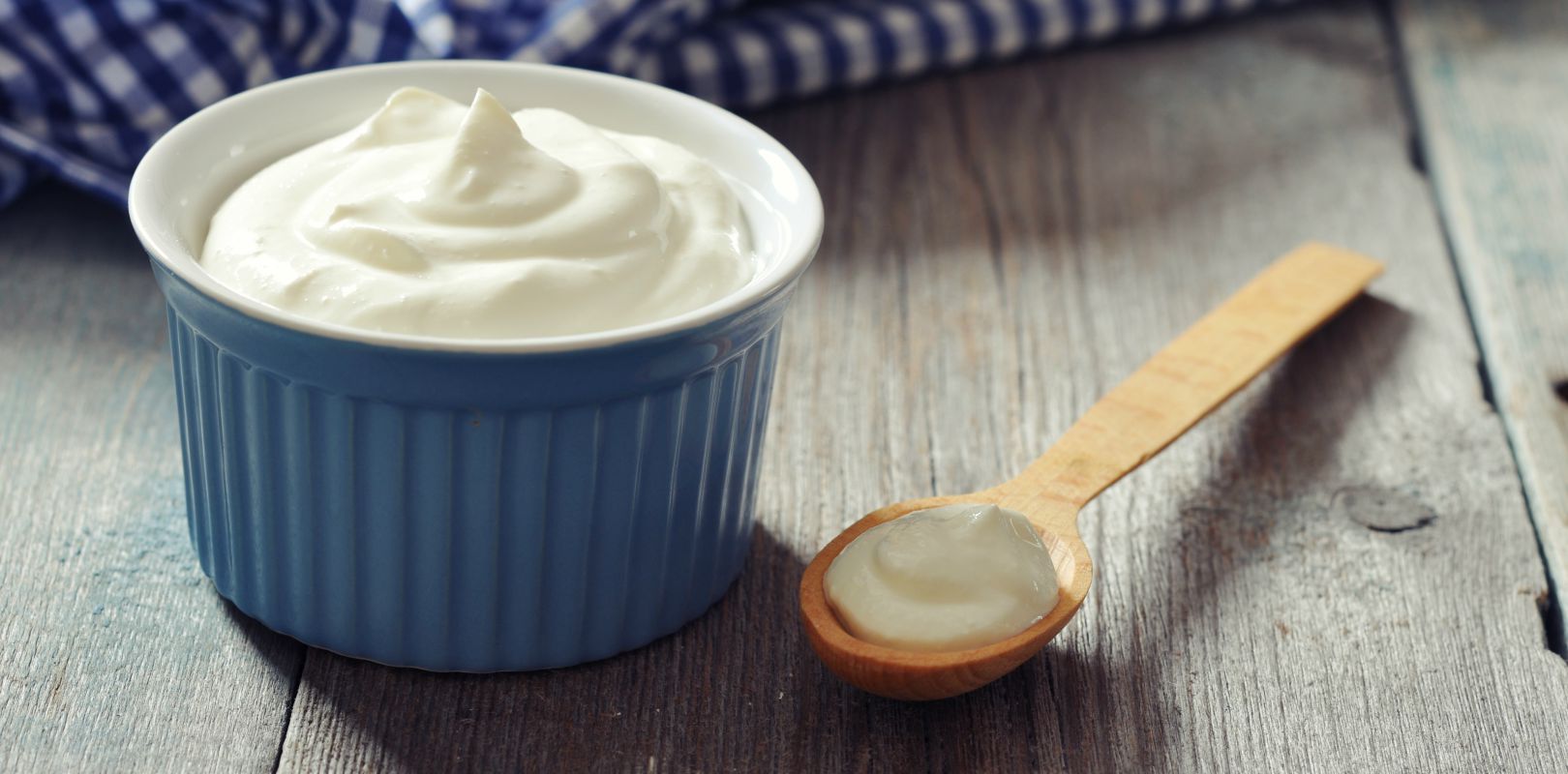
Autism rates have been soaring worldwide, and there is a significant lack of viable and helpful treatment options coming from the mainstream. Fortunately, some have embraced the broader reality that autism is a whole-body condition for which there is a treatment. Beyond the commonly noted social and behavioral inhibitions, children with autism have alarmingly similar physiological disturbances.
It is common for children with autism to be ill with symptoms including diarrhea, constipation, sleep disturbances, infections, fatigue or hyperactivity, and skin rashes. These symptoms are signs of underlying physical problems—not ‘coincidence’ – and illustrate that autism is a whole-body disorder. These physical symptoms are caused by biochemical imbalances that also affect the brain and behavior. Addressing the root of their problems is paramount to aiding their potential.
Why does Diet Help?
Diet and nutrition are key foundations for the health of children with autism. What children eat directly affects how their body and brain operate; the chemicals and substances in foods can affect the brain; foods can feed or starve out harmful microbes in the gut, which create toxins that affect the brain; and scientific knowledge of the ‘gut-brain connection’. Recent research has illustrated this gut-brain connection with autism—that the condition of the gut affects the functioning of the brain.

Hippocrates, the father of modern medicine, said, “All disease begins in the gut.” We must remember that the foods and substances we eat are in constant contact with the gut and have a significant influence on our bodies. Furthermore, food provides the required nutrients for the healing and functioning of the brain. The gut-brain connection is important. Certain foods, such as wheat and dairy, can contain proteins (gluten and casein) that trigger an ‘opiate effect’ as well as cause inflammation in the body. This opiate effect can directly affect the brain, resulting in symptoms similar to morphine: foggy thinking, inattentiveness, constipation, and more. The inflammatory response can create digestive disturbances, pain throughout the body, and nutrient absorption issues. Other foods, when not tolerated, such as soy and corn, can further exacerbate inflammation in the gut and cause food and microbial toxins to leak into the bloodstream, adding burden to an already taxed liver. Sugars can feed dysbiosis, an imbalance of good bacteria and pathogenic yeast and bacteria. Candida is common in autism. For some, all grains and complex sugars fuel the growth of bad gut bugs, inflammation, and toxins.
What is Diet?
Diet is an intentional strategy regarding food intake. There are two main focuses of dietary intervention:
- Remove the bad stuff - foods that are inflammatory, damaging to the gut, or feeding dysbiosis
- Add in foods for good nutrition - supplying needed nutrients and probiotics (good bacteria)
Diet is commonly misperceived as a restriction or elimination of foods, which is only half of the healing equation. Supplying the body with what it needs to engage natural healing processes by adding healthy foods is critical to the success of the dietary intervention and crucial to the health of the child.
Part One - Removing Offending Foods and Choosing an Autism Diet
Most ‘autism diets' focus on the removal of ‘toxic foods’ (foods that the body cannot process) that lead to inflammation or feed bad ‘gut bugs’. For example, the popular Gluten-Free and Casein-Free (GFCF) diet eliminates the inflammatory proteins found in wheat and dairy foods. Other diets remove soy, corn, and other inflammatory foods. The easiest and most important initial action, no matter what diet you choose, is to remove artificial ingredients and junk food. Artificial ingredients are highly toxic and very difficult for the liver to break down - they are associated with hyperactivity, asthma, aggression, irritability, and sleep disturbances. Once you realize the deleterious nature of certain foods, you’ll naturally choose not to include them, or ‘eliminate’ them from your child’s diet.
Food Additives and Ingredients to Avoid• Artificial colors • Artificial flavors • Preservatives: BHA, BHT • Monosodium glutamate: MSG, hydrolyzed vegetable protein, autolyzed yeast, yeast extract • Artificial sweeteners • Trans fat |
ASD Diet Options |
Benefits |
| GFCF (Gluten-free and Casein-free) No gluten (wheat, rye, barley, spelled, Kamut and commercial oats) or casein (dairy) | Reduces gut inflammation Reduces opiates |
| Food Sensitivity, Elimination / Rotation Eliminating or rotating all other food sensitivities: soy, corn, eggs, citrus, peanuts, chocolate, cane sugar | A follow-up on GFCF to refine food sensitivities |
| Body Ecology Diet an anti-yeast diet combining principles of anti-yeast diets including no sugar, acid/alkaline, or fermented foods | Great for ridding candida and populating with good bacteria |
| Nourishing Traditions Good quality fats; soaking and fermenting for digestion. | A nourishing diet with high-quality fats, fermented foods, and nutrient-dense. |
It’s crucial that parents believe that it’s possible for their child to change and improve. By envisioning the changes, we project a positive image that is important for the child and for the success of your overall efforts.
Parents typically begin dietary intervention with the Gluten-Free Casein-Free Diet (GFCF). This diet eliminates gluten, the protein found in wheat, rye, barley, spelled Kamut, commercial oats, and casein, the protein found in dairy. These proteins can be very inflammatory, leading to digestive problems such as diarrhea, constipation, gas, bloating, foggy thinking, and inattentiveness. Without these foods, systems can improve.
While following the GFCF diet, you’ll need to avoid any loaves of bread, crackers, pasta, or bakery items made with wheat and other gluten grains, as well as any dairy foods such as milk, cheese, butter, yogurt, and cream. Some sources, however, can be 'sneaky', as they contain ingredients that people are often not aware of, including:
- Soy sauce (except gluten-free soy sauce)
- Potato chips and fries (often dusted with gluten during processing and not listed on the label)
- Malt (derived from barley)
Be careful not to introduce a bunch of GFCF junk foods such as cookies, candy, and chips. Just because they don’t include gluten or casein does not mean they are healthy. The sugar can feed yeast, imbalance blood sugar, and dysregulate energy. Such foods can play a transitional role when shifting diet; however, avoid over-reliance on them.
Whether you can do the Diet
We know what you are thinking: “My child is picky and very inflexible with eating new foods. I’m never going to be able to get him to eat anything other than wheat and dairy", however, there are solid reasons why these children are so one-sided in their food choices, primarily craving. When the body creates opiates from foods, one can become addicted to them and thus crave nothing but those foods.
Children eventually narrow their food choices to include only those that make them feel better. The diet is worth trying because once the child gets past the cravings (a few days to a few weeks), they often expand food choices dramatically. I know that any child’s diet can change, it may take time and require great patience but you can succeed. I’ve never seen a child’s diet that did not improve eventually - increasingly so as the body heals. Parents must believe that their children can change and improve. By envisioning the changes, we project a positive image that is important for the child and the success of your overall efforts.
Part Two - Boosting Nutrition
Removing offending foods is an important step, however when applying an autism diet one should ensure complementary attention in boosting nutritional intake. It is advantageous and often necessary to introduce nutrient-dense and probiotic-rich foods to the diet to supply the body with the vitamins, minerals, fatty acids, amino acids, and good bacteria it needs. To promote healing, the body needs calcium and other nutrients, often in short supply with picky eaters and restrictive diets.
Children with autism have many known nutritional deficiencies such as vitamins B6 and B12, calcium, zinc, folic acid, and many others. These nutrients are vital to the functioning of the digestive tract, immune system, detoxification, brain function, and cellular function. It is imperative to get good nutrition, i.e. nutrients, into children with autism.
Here are a few ways to boost nutritional intake and provide the body with the good bacteria the gut requires to be healthy. Nutrition Boosters
VEGETABLES. Getting more vegetables into your child can be a challenging process. They need to become comfortable with the texture and bitter flavors. Encourage eating more vegetables by offering them at meals. It is helpful to begin by pureeing and adding vegetables to things the child already enjoys eating, such as pancakes or muffins. Ideally, you’ll do less of these carbohydrate-rich foods however initially, any vegetables are good vegetables, as long as you are not adding more junk to make up for the vegetables.

JUICING. Juicing vegetables is a wonderful way to get concentrated nutrients without needing to chew. The nutrients are highly available as they are already extracted from the pulp and much of digestion. This is a great solution for children who like drinking more than eating. It’s best to drink the juice immediately upon squeezing - within 10 minutes. Don’t overdo it on sweet produce like carrots, beets, and fruits; use sweet vegetables and fruits mainly as a flavor accent. Try fennel, cucumber, and/or celery as a base with a couple of green and colorful vegetables, and use the sweeter ones if necessary.
FERMENTED FOODS. The most well-known fermented food is yogurt. Fermented foods contain live bacteria that are essential for good health. Good bacteria like lactobacillus acidophilus have dozens of positive biochemical functions. They create vitamins such as vitamin K and B that crowd out bad bugs making them inhospitable and break down heavy metals, toxins, and spent hormones. Good bacteria aid peristalsis in preventing constipation, and diarrhea, and help reduce gas and inflammation.

Yogurt is most commonly made from dairy and not allowed on a casein-free diet, however, many other fermented foods can be prepared. Parents can make their homemade nut milk yogurt (or in some cases on SCD, homemade dairy yogurt) they can add this nut milk to smoothies or recipes. Additionally, kefir, a common dairy ferment, can be made with young coconut juice instead of dairy, it is a fizzy, ‘soda-like beverage and can be mixed with fruit juice. Raw sauerkraut is one of my favorites, and while many children won’t eat store-bought sauerkraut, you’d be surprised how many like naturally fermented healthy variety (especially if they helped make it!). It’s very sour and crunchy, so children who like sour foods (lemons), will love it.
You want to find a brand that is raw and unpasteurized or make it yourself. It is great tossed in a salad. You can use sauerkraut juice as salad dressings as well, or you can blend a little in the food processor and add it to a warm (not hot) sauce. You only need a small bit of these powerful fermented foods several times a day for them to be very effective in aiding digestion and boosting good bacteria levels.
BROTHS. Broths made from animal bones and vegetables are very rich in nutrients and available in absorbable forms. They contain natural gelatin that can aid digestion and healing. You can add broths to soups and stew and can also cook grains, beans, and gluten-free pasta in broths. All broths must be homemade, as most store-bought versions contain MSG and/or do not contain important nutrients.

DIET. Focusing on what you can do Many parents are taking matters into their own hands, acting upon their intuition, research, and community guidance to help their children. Parents consistently report that autism diets help. By avoiding offensive foods and boosting nutrition, children with autism improve through the natural healing processes. While applying special autism diets can seem daunting, there is no more immediate impact that a parent can have than through what they feed their child. The scientific and practical evidence for a concerted focus on diet is strong.
Avoid offending foods, and boost up nutrition step by step. It is advisable to seek support from a qualified and knowledgeable practitioner to ensure good nutrition with autism diets. It is also helpful to reach out to other parents who are doing a diet to support you through the nuances and tips. While applying an autism diet takes diligence and commitment, the potential rewards for children with autism are significant.
Sneaking in Healthy Food
VEGETABLES - Stage One. Puree mild vegetables such as butternut squash, cauliflower, or sweet potato after cooking. Add them to meatballs, pancakes, fruit smoothies, or a sauce.
VEGETABLES - Stage Two. Mash cooked vegetables like broccoli with a fork or puree cooked leafy greens such as kale or nettles. Adding these to meatballs, sauce, or something else dark in color works best.
MEAT/PROTEIN. Add the best quality meat you can find - look for animals raised on pasture or ‘grass-fed. For children who need more protein and don’t like the texture, you can puree chicken and add it to virtually anything including muffins and tomato sauce.
Chicken pancakes are a wonderful way to serve chicken in a texture, children often prefer. Use 1 boiled chicken breast and 3 eggs. Blend in a food processor. Pour into the pan and cook like a pancake. They are pretty good actually, even with no flour. Adding eggs to foods is another good way to get additional protein assuming the child is not sensitive or allergic to eggs. You can also add organic organ meats such as liver to meatballs to make them more nutritional.
Try the above-mentioned plans and you will see the difference soon.




.png)


